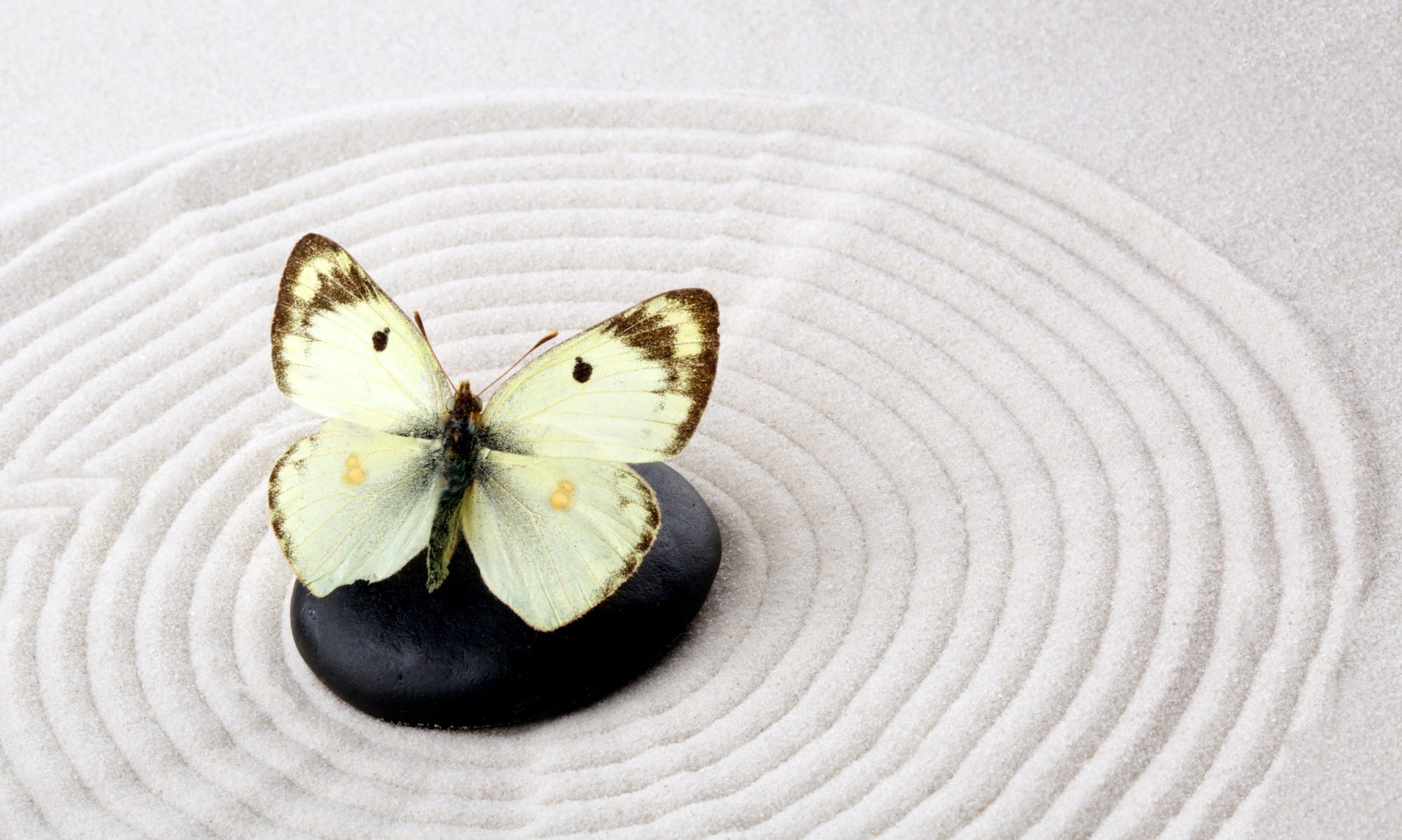
Epigenetics, Resilience, and the Flight of the Monarch Butterfly
Each year, around this time, the monarch butterfly begins the arduous trek of seeking a warmer climate for the winter months. One such destination for the Monarch butterfly can be found in Central Mexico, high up in the mountains. Here they can be found by the millions, huddled in close proximity, perched on the branches of the Oyamel Fir trees.
The Oyamel trees are referred to as the sacred firs, they create a microclimate that protects the butterflies by regulating temperature fluctuations. What is fascinating about this annual pilgrimage is that no individual butterfly makes the entire journey round trip. In fact, research has shown that it may take as many as five generations for the Monarch to make it North of Mexico, going as far as Southern Canada, before returning and flying back south of the border for the winter.
The fourth generation of Monarchs in the migration cycle live very different lives than their parents, grand-parents and great grand-parents before them. Most Monarch butterflies live for about a month, but this super Monarch can live eight times as long, traveling 50–100 miles in a day. These super Monarchs find their way back to the same Oyamel Fir forests in the Sierra Madre mountains of Mexico year after year despite having never been there before.
As I waited patiently in line for my first pumpkin spice latte of the season, I contemplated the epic journey of the Monarch butterfly and found myself thinking about our own human drive to seek safety, find community, and ultimately create a better life for future generations.
Epigenetics refers to a set of potentially heritable changes in the genome that can be influenced by environmental events. Much like how the later generations of Monarch butterflies instinctively know how to return to the same Oyamel trees in Mexico without having ever made the journey themselves, we too have the capacity to pass along hereditary imprints and intergenerational trauma through epigenetic mechanisms affecting DNA function or gene transcription.
In fact, studies done with Holocaust survivors support the hypothesis that trauma is passed down generationally through epigenetic changes. These changes are not in the DNA itself, but in how the genes are expressed. Rachel Yehuda, a professor of psychiatry and neuroscience at the Icahn School of Medicine at Mount Sinai hospital and a leading expert in understanding how the effects of stress and trauma can transmit biologically, beyond catastrophic events, to the next generation.
She was part of a study to look at the risk to children of Holocaust survivors who had been involved in a car accident. What they found was that survivors were 3x more likely to end up with a diagnosis of Post-Traumatic Stress Disorder {PTSD} following a traumatic event if they had a parent who also had a diagnosis of PTSD. But perhaps more importantly, Rachel Yehuda also reminds us, through her research, that although trauma has the ability to be transmitted across generations, so too does resilience have the capacity to be passed down to future generations.
If this is true, then I want to be like the Monarch Butterfly. I can just imagine fulfilling the important role of the fourth “super” generation Monarch butterfly, feeling the immense responsibility of this sacred pilgrimage. My destination in sight, one I have never been before and a far different place than my preceding generations have ever been or could have imagined.
I seek an Oyamel forest to call my own. Free from the ravages of addiction, unpredictability, chaos and the wild fluctuations of early trauma and adversity. Setting a new internal compass to pass down to my children and my grandchildren that will confidently lead them to their own safe-haven, where they can be free to flourish. Our shared DNA guiding them faithfully to the security and warmth of the Oyamel fir trees. Melting into the rhythmic, co-regulation and healing capacity found in this protective commune with a singular purpose of working for the common good.
I can only pray that all my hopes and hard work in the hours that I carried my family on my outstretched wings will matter. That this pilgrimage was enough to alter the transcription of my genes and forever liberate us from the bondage of our ancestral trauma. I want this… for myself and for my beloveds who will follow long after I am gone. And they too will remember the Flight of the Monarch each fall, as the leaves begin to turn, and they sip their own pumpkin spice lattes. My legacy will be felt in the safety and warmth found in the Oyamel Fir forest they now call home.
